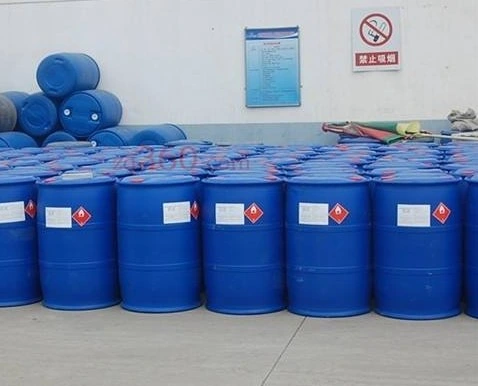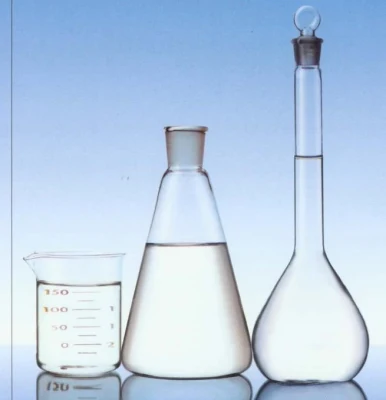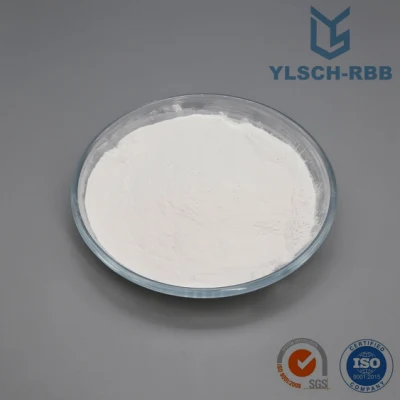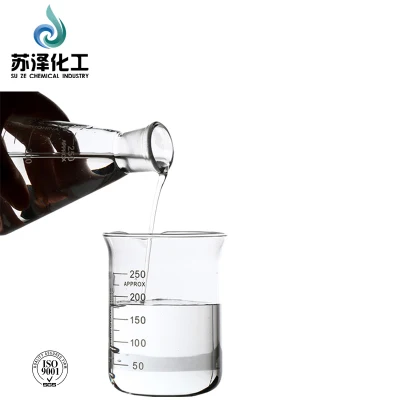Basic Info
| Model NO. | 99% |
| Colour | Colorless |
| Transport Package | Drum |
| Specification | 99% |
| Trademark | LUDINGYUAN |
| Origin | China |
| HS Code | 2907111000 |
| Production Capacity | 100000 Mt/Year |
Product Description
Phenol Organic chemical raw material Phenyl hydroxideProduct Description
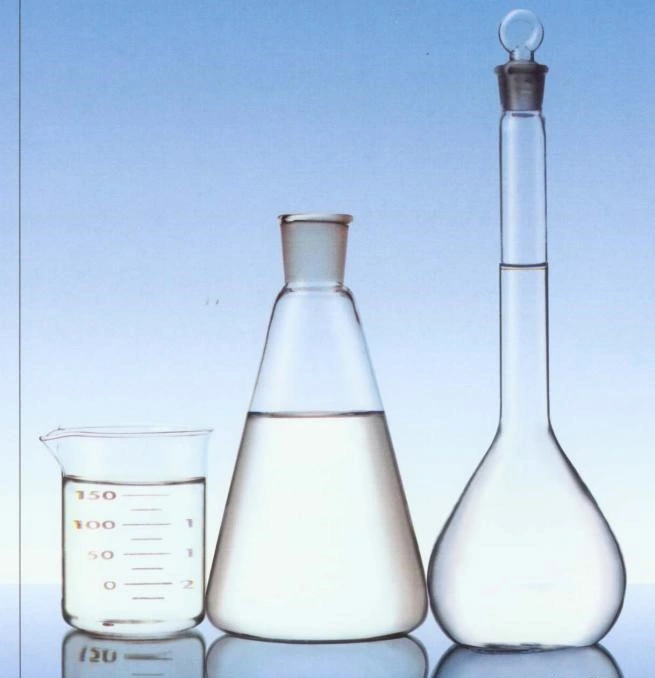
Phenol, also known as carbolic acid, is the simplest phenolic organic compound. It is a colorless or white crystal at room temperature and has a special odor. Phenol can denature proteins, so it can be used as a disinfectant and preservative. Its dilute solution can be used to disinfect surgical instruments, skin sterilization, relieve itching, and treat otitis media. It can also disinfect feces. A concentrated solution of phenol has a strong irritating effect on the skin. If phenol accidentally gets onto the skin, it should be washed with alcohol or polyethylene glycol.Phenol is an important basic organic chemical raw material. Many of its downstream products involve many fields and are widely used in industry, mainly for manufacturing phenolic resin, bisphenol A and caprolactam. In addition, phenol derivatives such as halophenols, nitrophenols and Alkylphenol can be used in the production of medicines, pesticides, spices, paints, dyes, explosives, paint removers, petroleum additives and wood preservatives.Phenolic resin is a synthetic plastic produced by the polymerization of phenol and formaldehyde. It is a colorless or yellowish brown transparent solid and is commonly known as bakelite due to its frequent use in electrical equipment. It has excellent heat resistance, flame resistance, water resistance, and insulation, strong acid resistance, good mechanical properties, and is easy to cut. It can be divided into two categories: thermosetting plastics and thermoplastic plastics. Phenolic resin has a lower price and can be used for manufacturing mechanical components such as gears, casting mold cores and grinding wheels, laminates and various fiberglass products, as well as manufacturing various electrical appliances, instrument shells and parts, as well as daily necessities such as bottle caps. After modification, phenolic resin has a wider range of applications, suitable for electrical insulation materials, and can also be used to manufacture various types of brake pads, clutch pads, etc. in automobiles.Bisphenol A, produced from phenol as a raw material, is one of the most widely used organic compounds in the world, and the demand for bisphenol A currently has the potential to exceed that of phenolic resin. It is mainly used for producing various polymer materials such as polycarbonate, epoxy resin, polysulfone resin, polyphenylene ether resin, etc. It can also be used to produce fine chemical products such as pesticides, coatings, plasticizers, flame retardants, antioxidants, and heat stabilizers. In the manufacturing process of plastic products, adding bisphenol A can make the product colorless, transparent, lightweight, durable, and impact resistant, especially preventing acidic vegetables and fruits from damaging metal containers from the inside. Therefore, it is widely used in the packaging of canned food and beverages. It can also be used in the manufacturing process of milk bottles, water bottles, dental fillers, and various other daily necessities.With the development of industrial economy, especially the rapid expansion of the variety and production of synthetic materials, it can be predicted that the demand for phenol will continue to grow worldwide, and there is great potential for the development of downstream products of phenol.
Detailed Photos
Product Parameters
| Melting point | 40-42 °C(lit.) |
| Boiling point | 182 °C(lit.) |
| density | 1.071 g/mL at 25 °C(lit.) |
| vapor density | 3.24 (vs air) |
| vapor pressure | 0.09 psi ( 55 °C) |
| refractive index | n20/D 1.53 |
| FEMA | 3223 | PHENOL |
| Fp | 175 °F |
| storage temp. | 2-8°C |
| solubility | H2O: 50 mg/mL at 20 °C, clear, colorless |
| pka | 9.89(at 20ºC) |
| form | liquid |
| color | faintly yellow |
| Specific Gravity | 1.071 |
| Odor | Sweet, medicinal odor detectable at 0.06 ppm |
| PH | 3.0-6.0 (25ºC, 0.5M in H2O) |
| Odor Threshold | 0.0056ppm |
| explosive limit | 1.3-9.5%(V) |
| Water Solubility | 8 g/100 mL |
| FreezingPoint | 41ºC |
| Sensitive | Air & Light Sensitive |
| JECFA Number | 690 |
| Merck | 14,7241 |
| BRN | 969616 |
Packaging & Shipping
